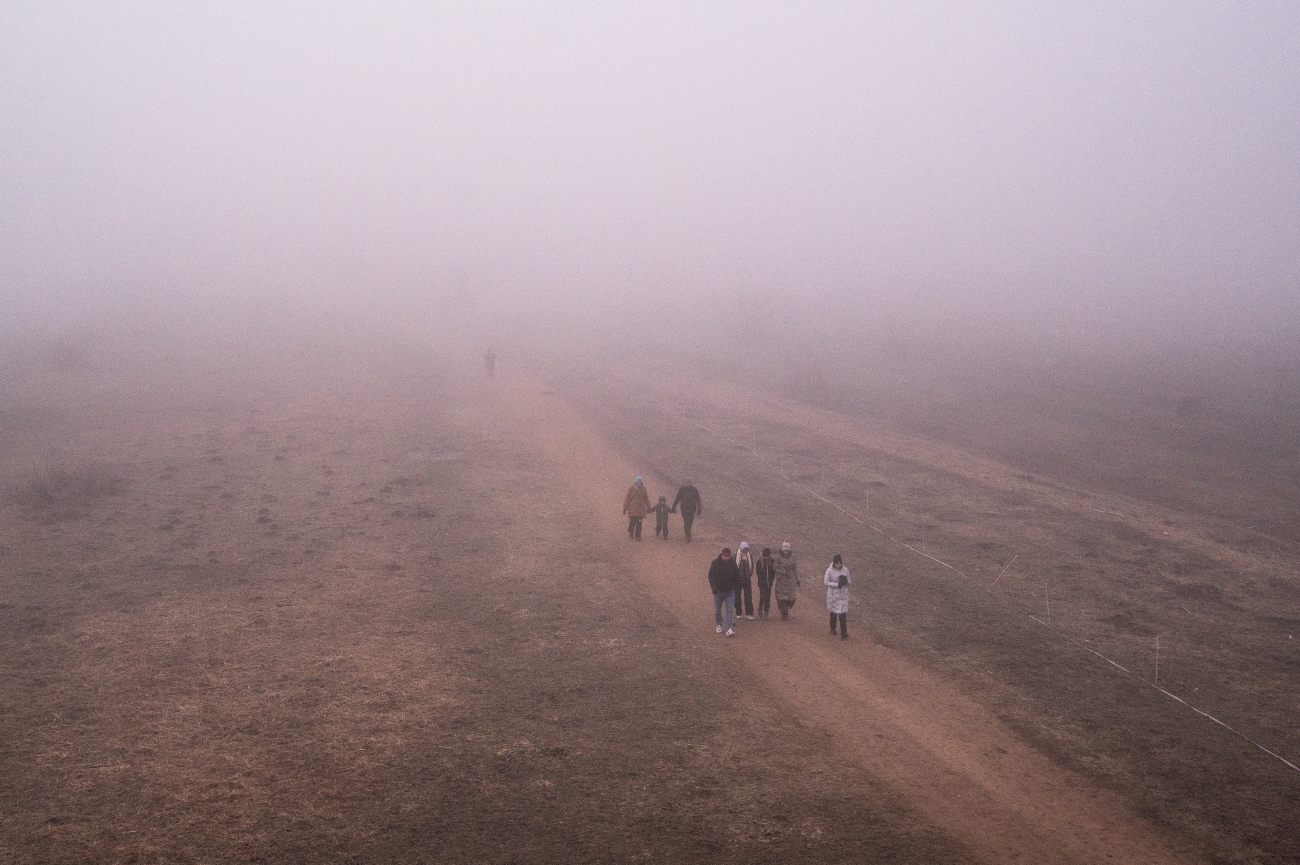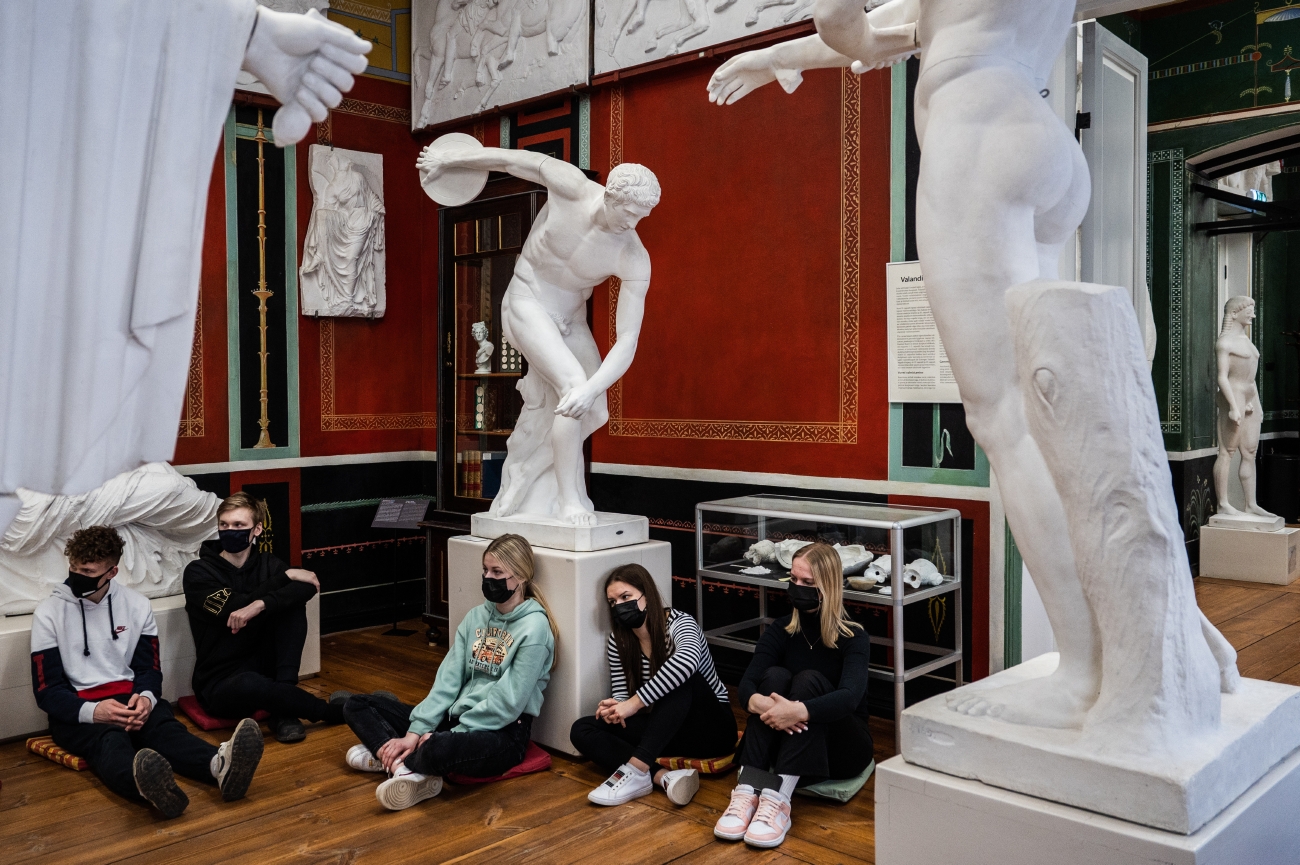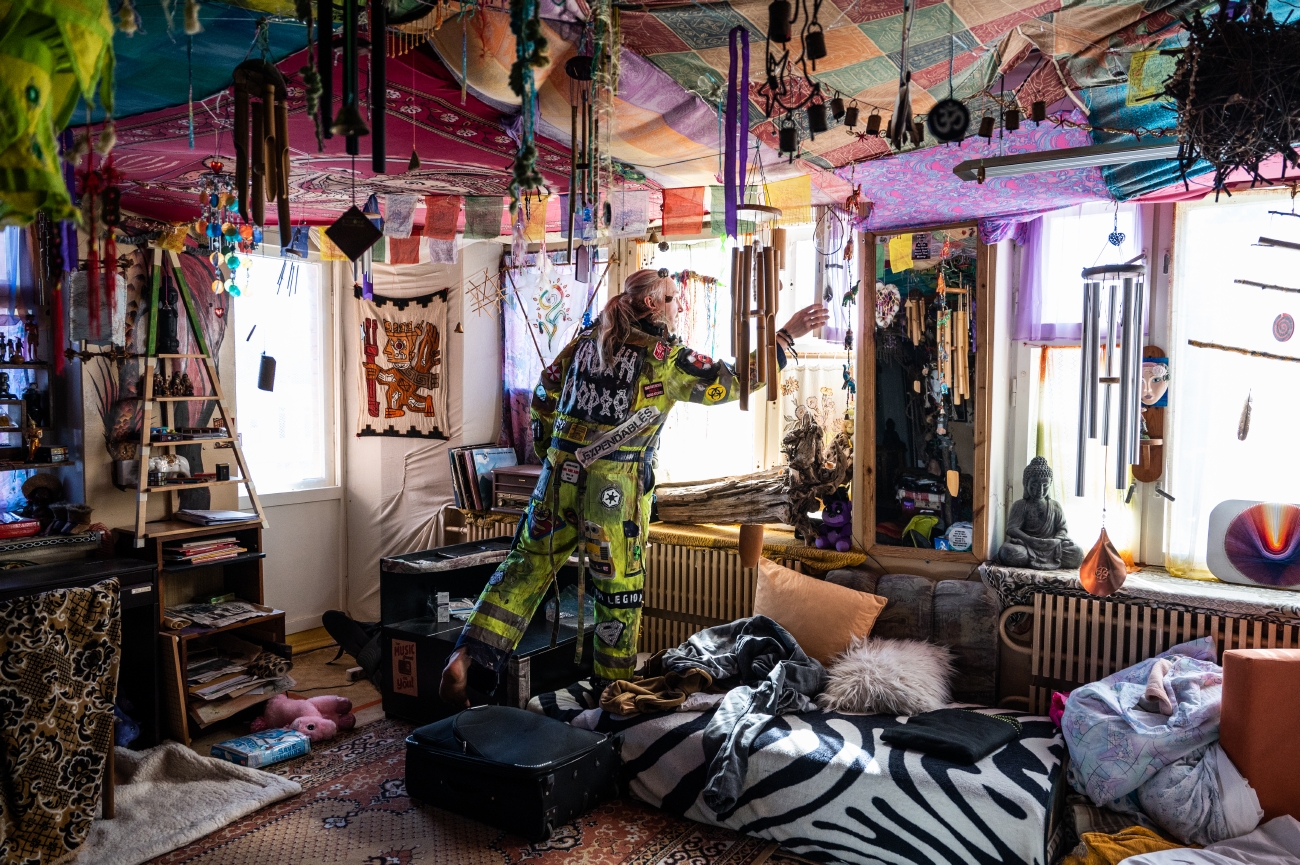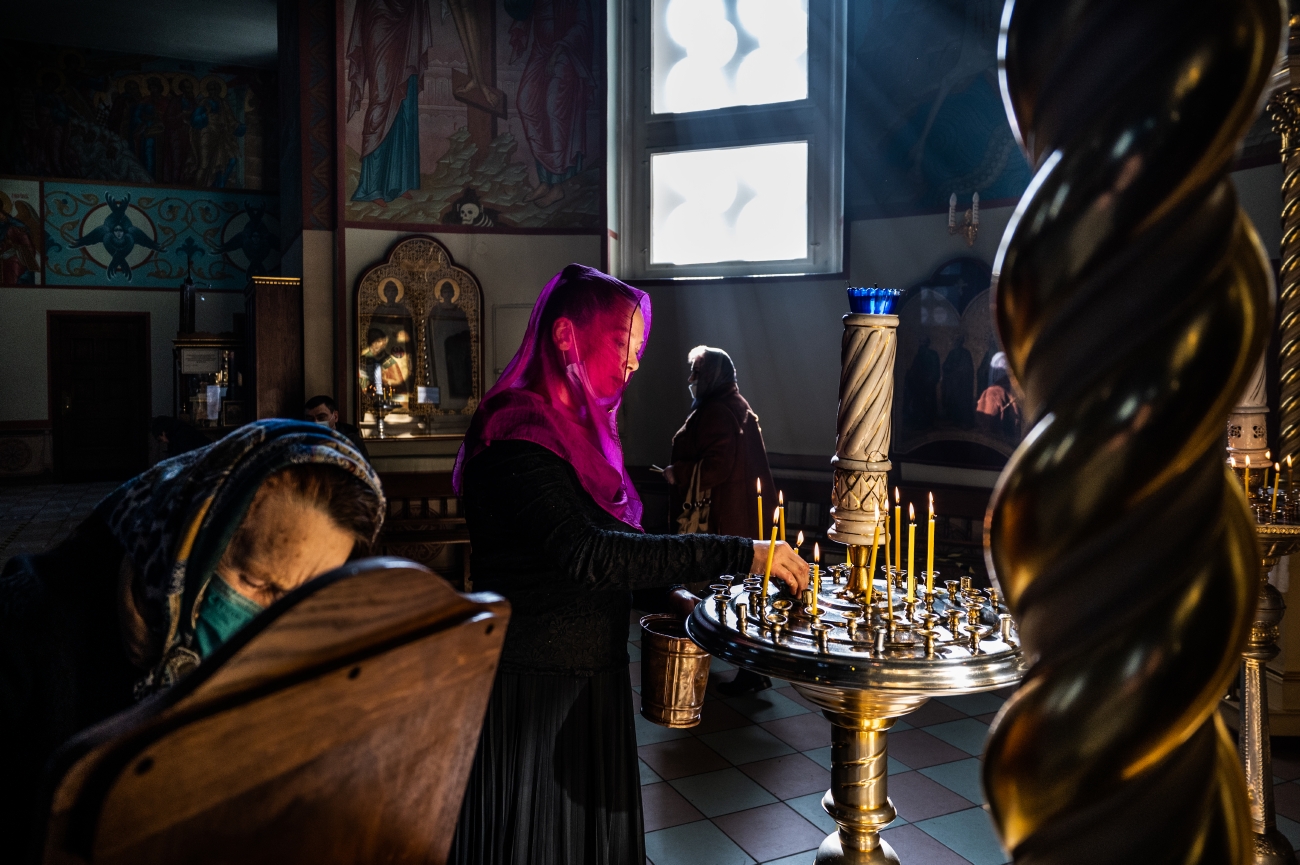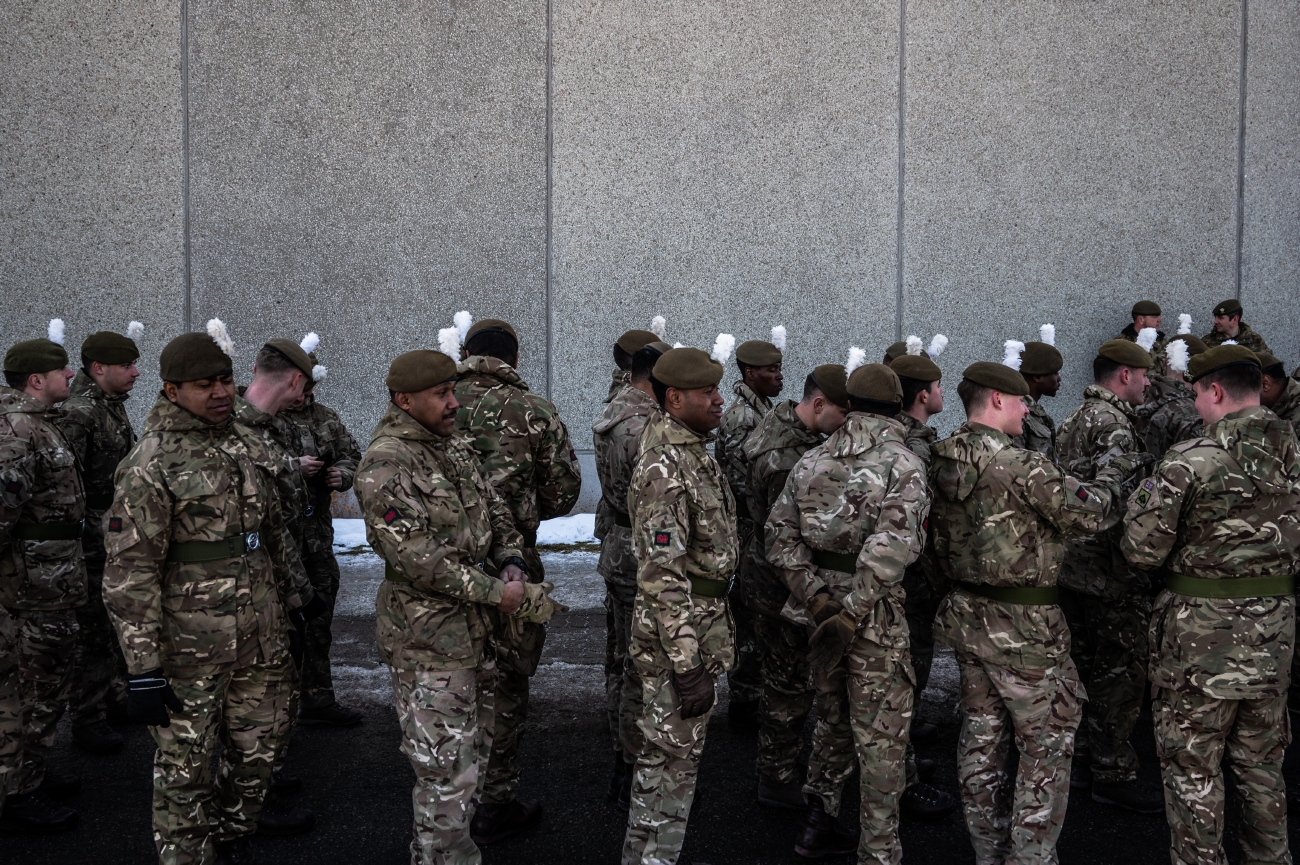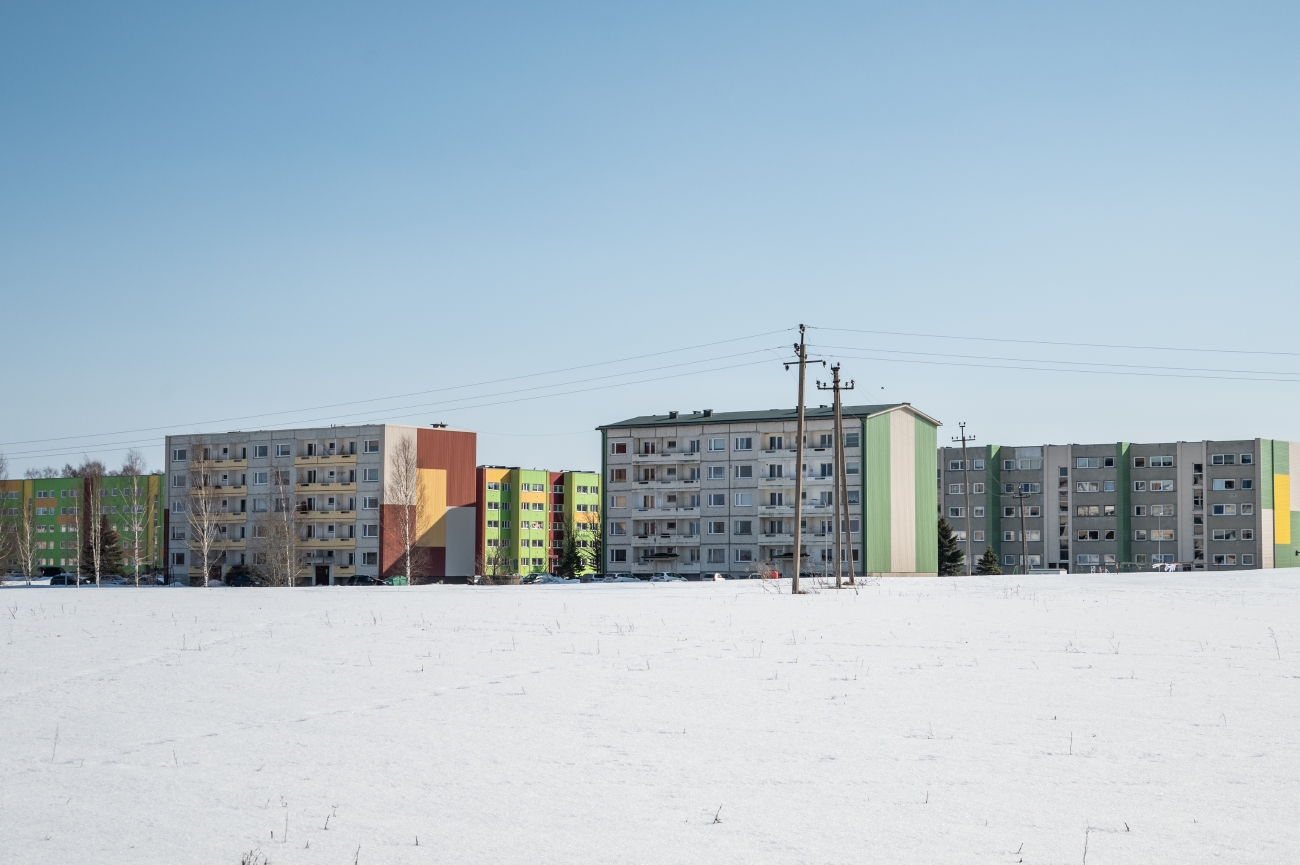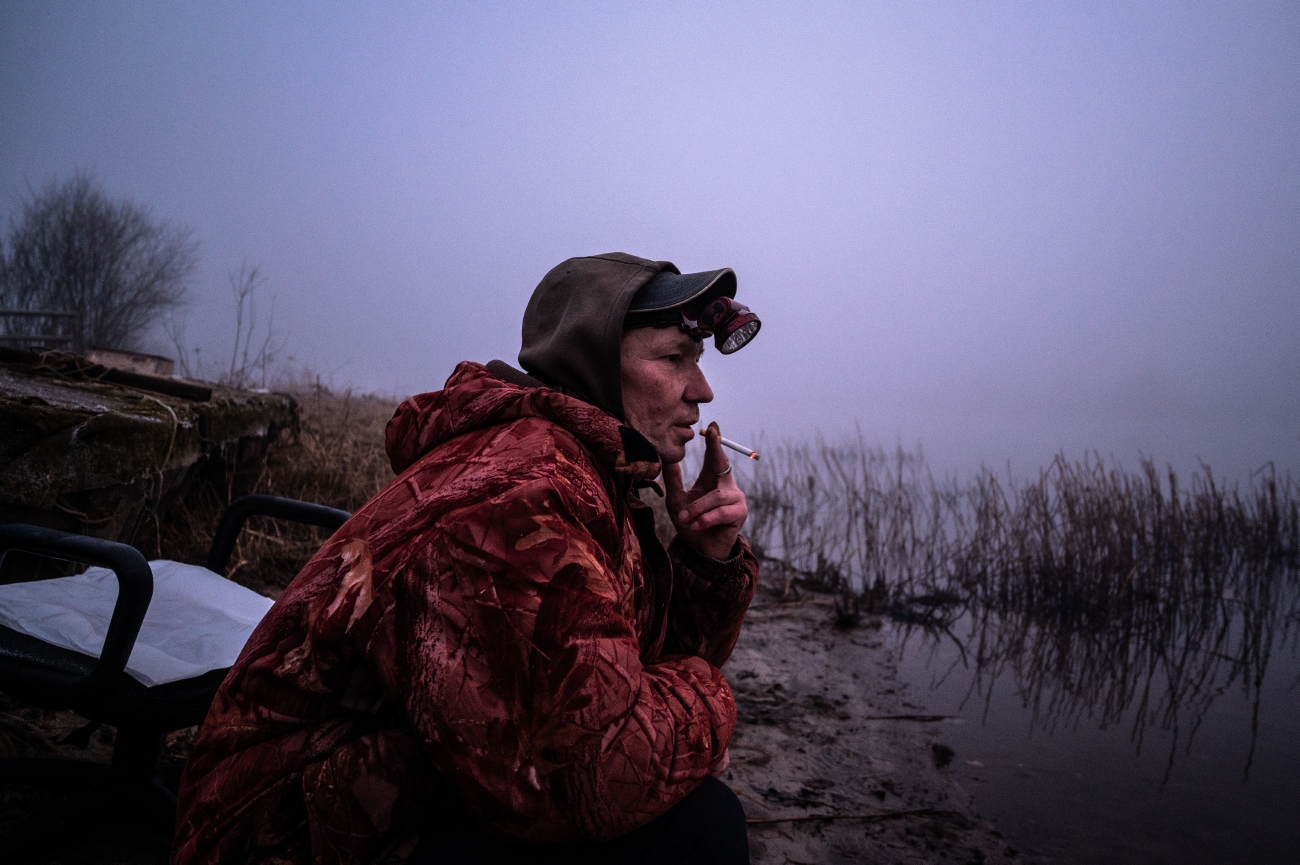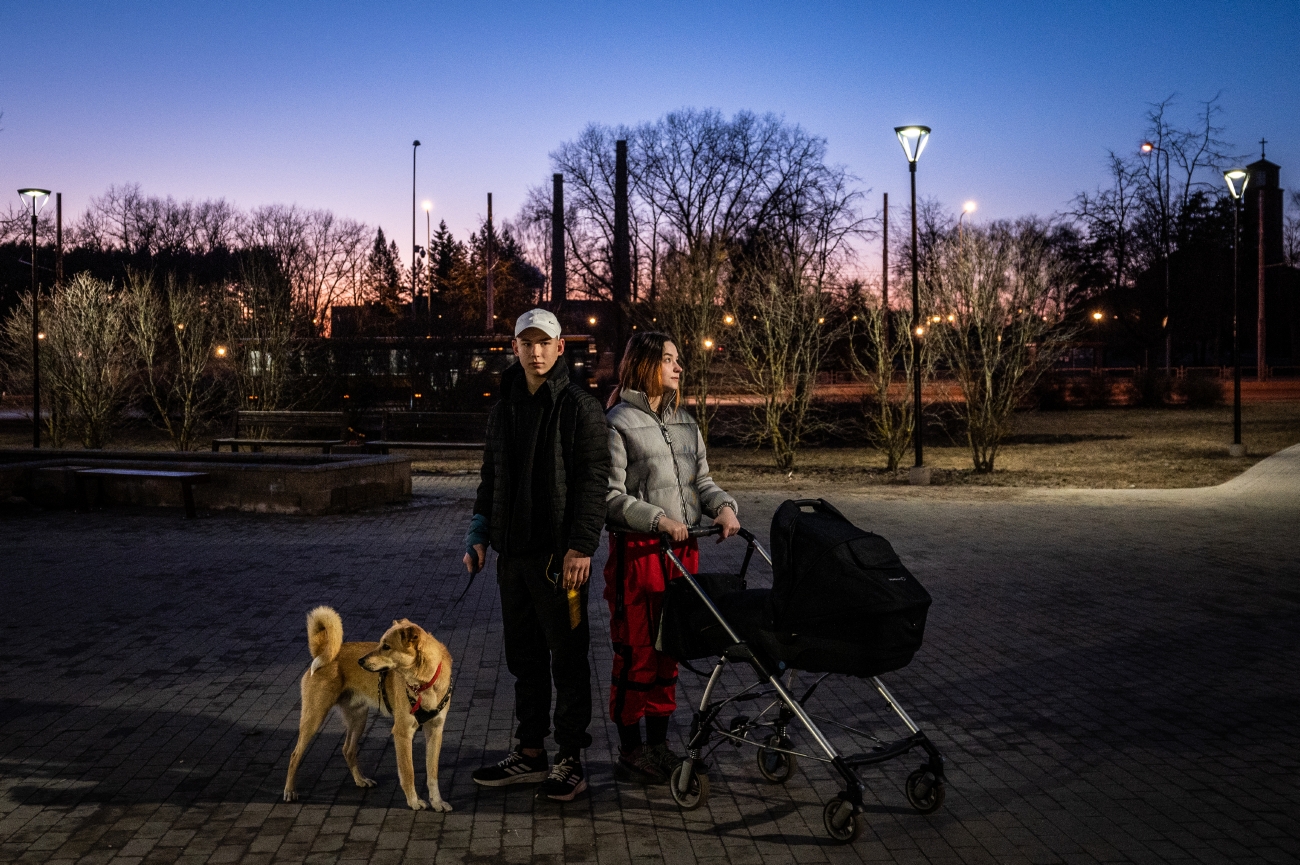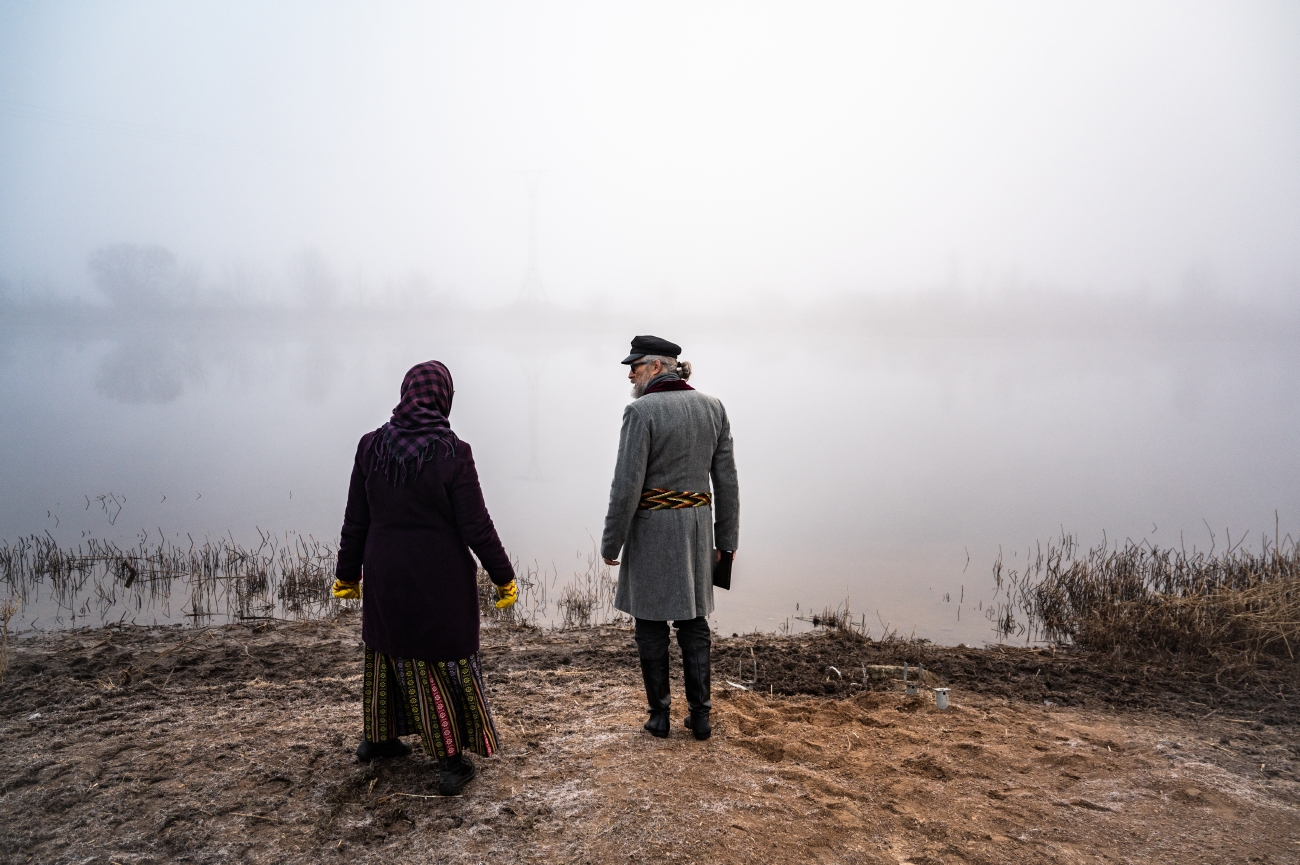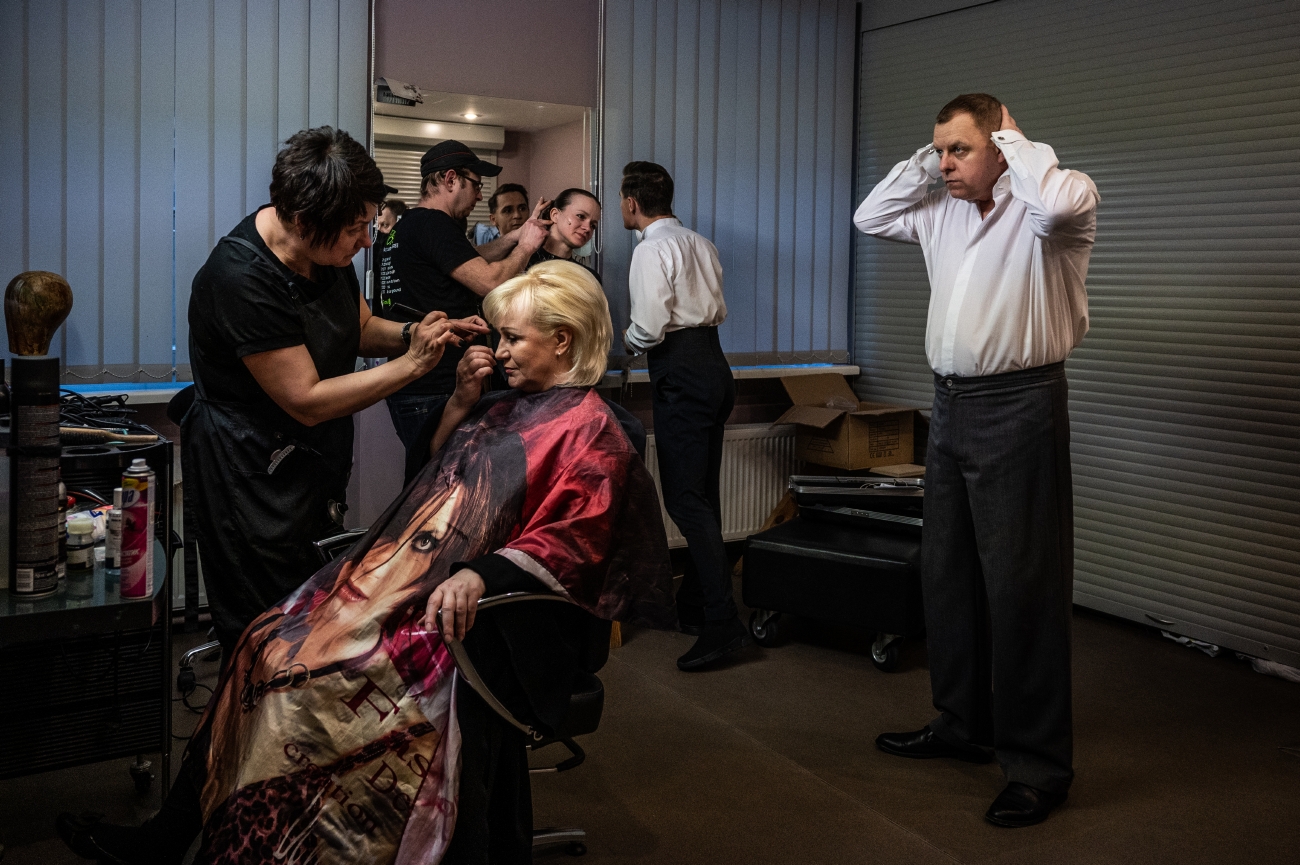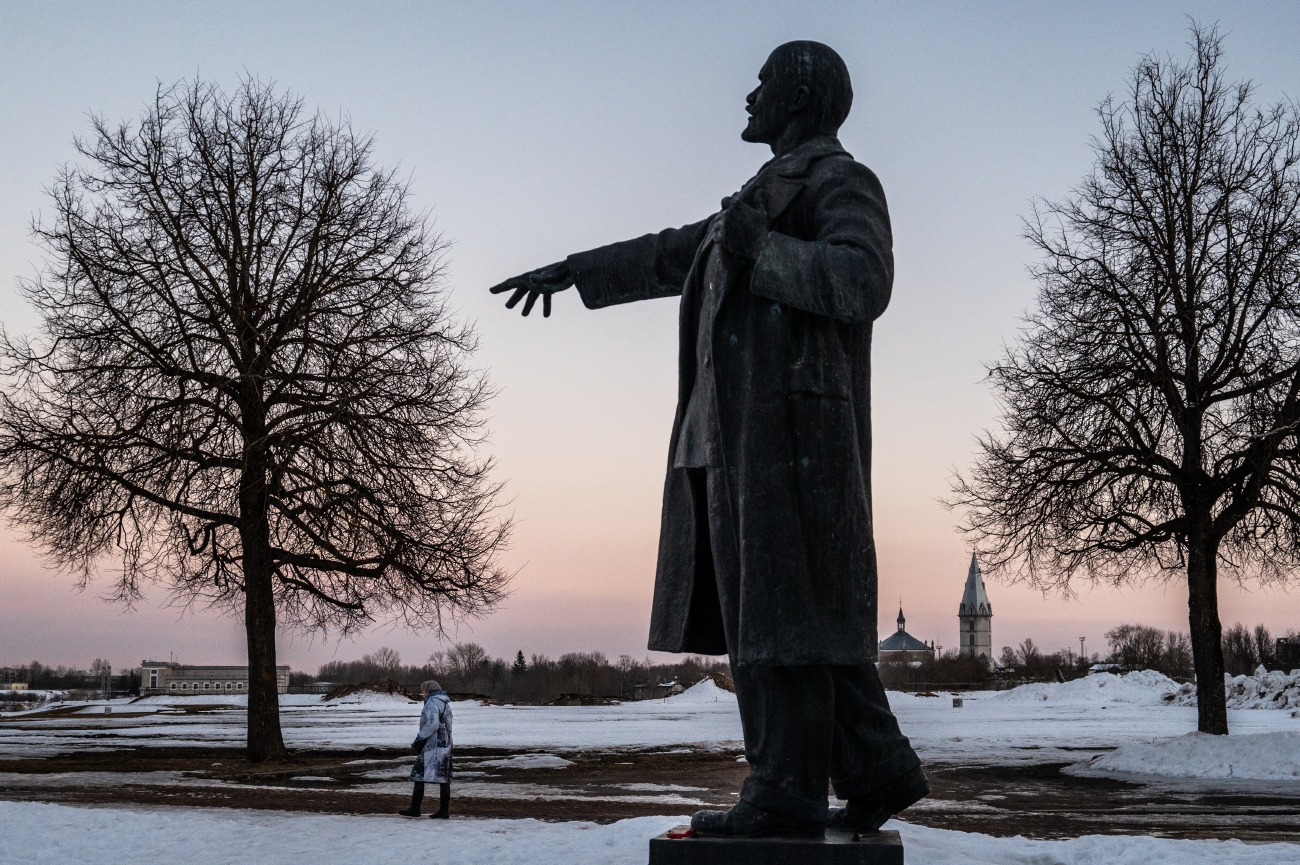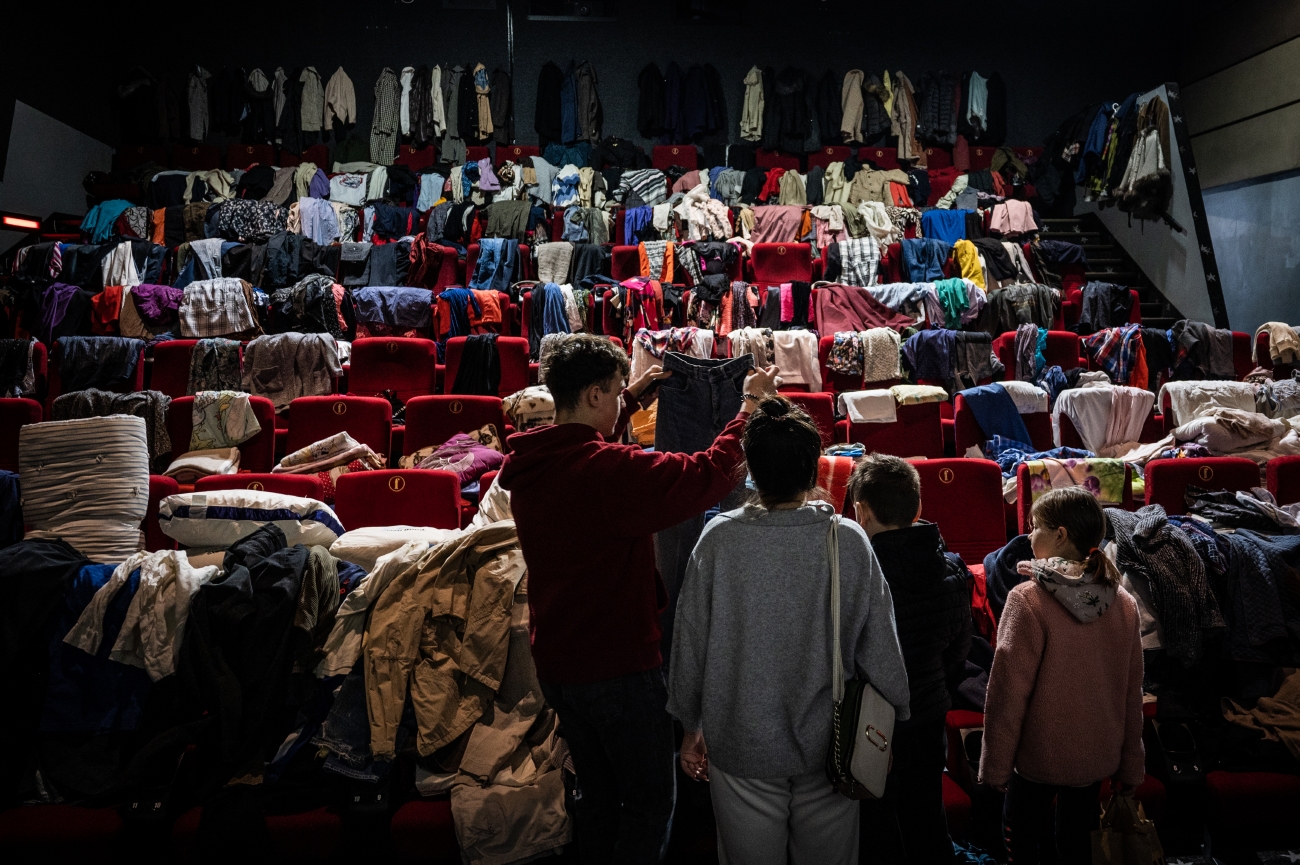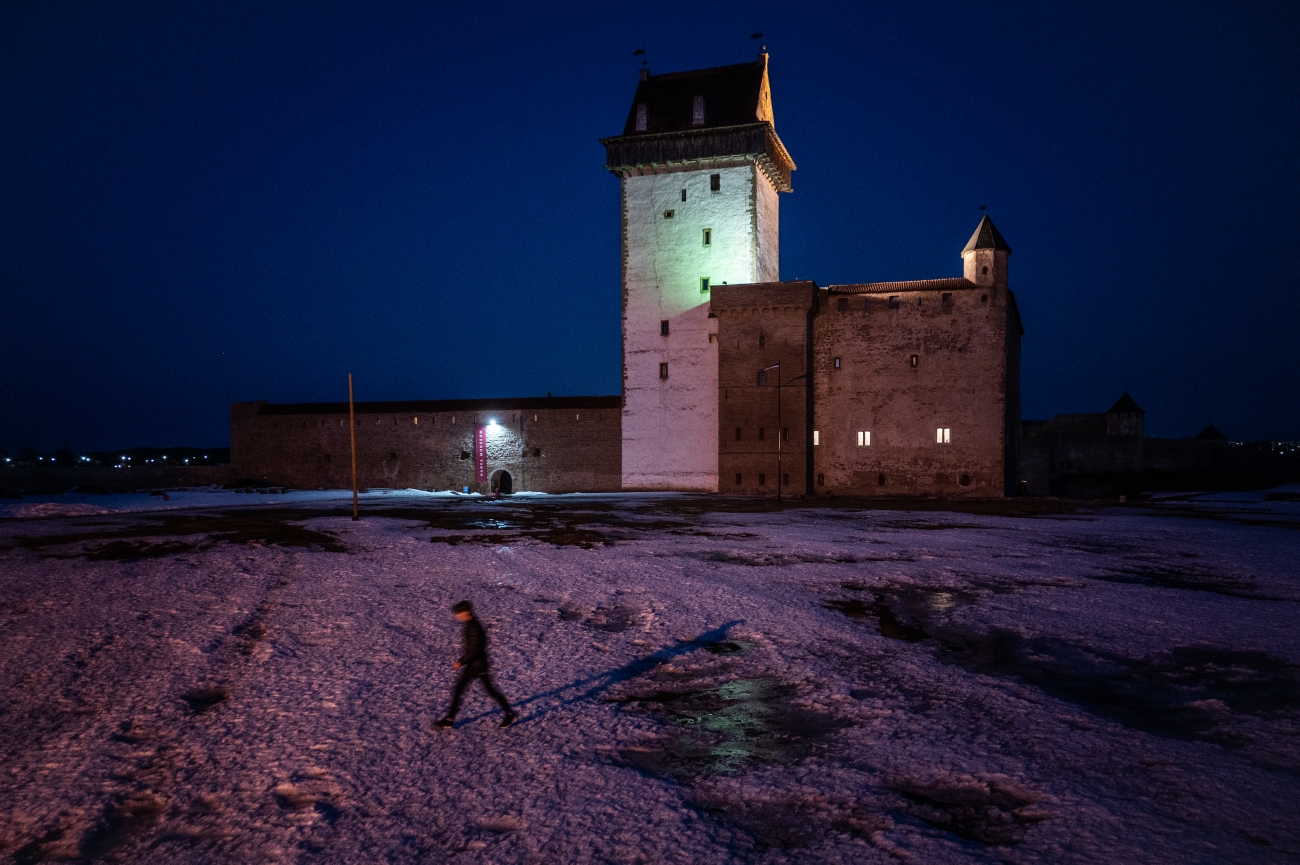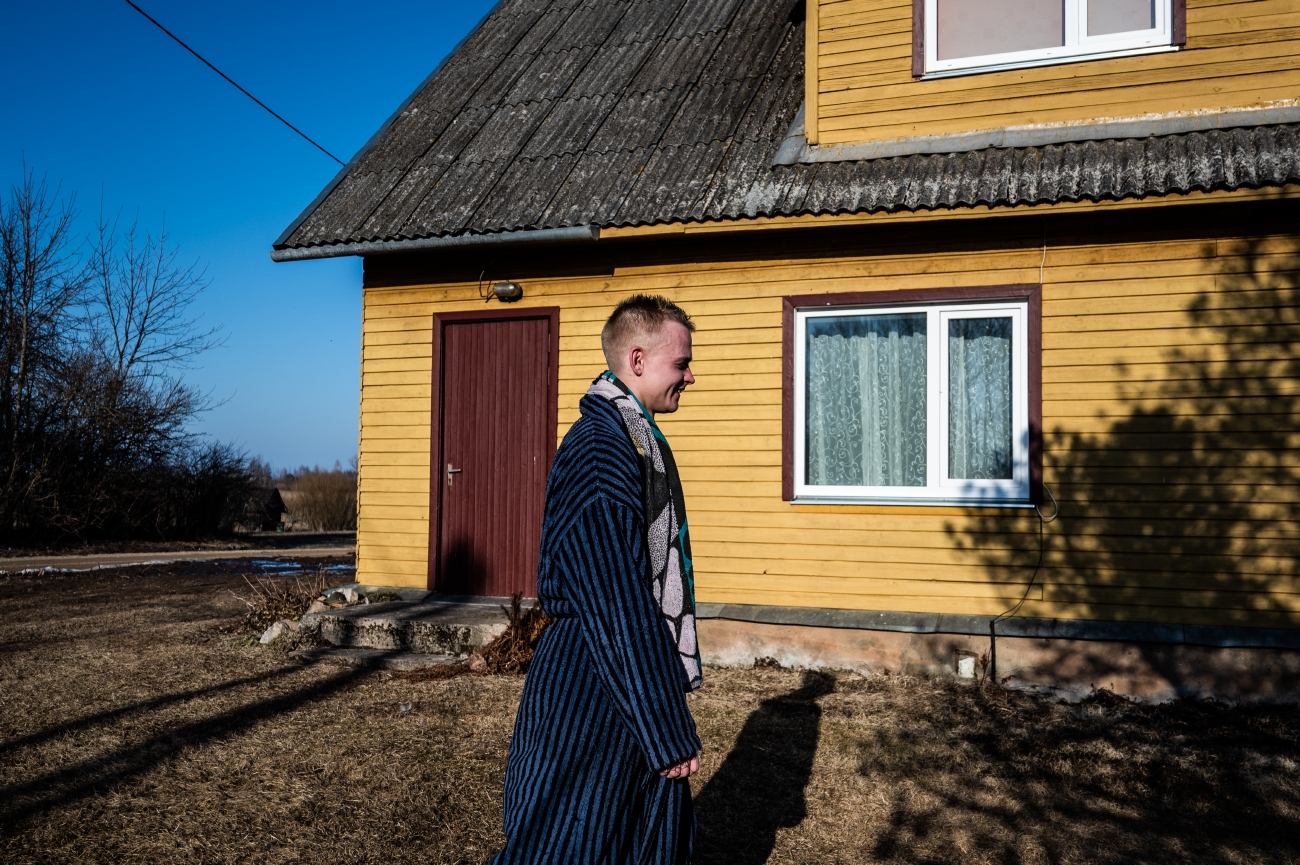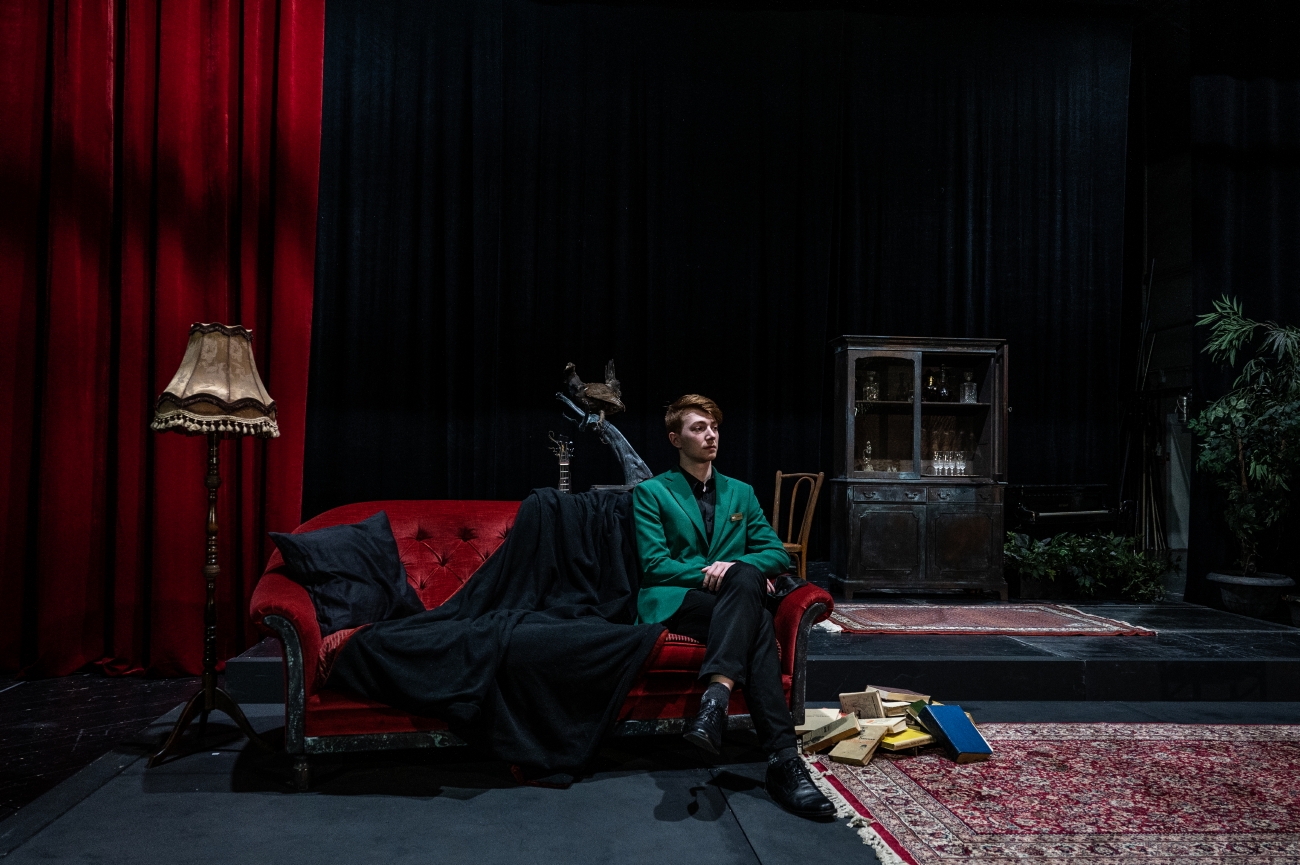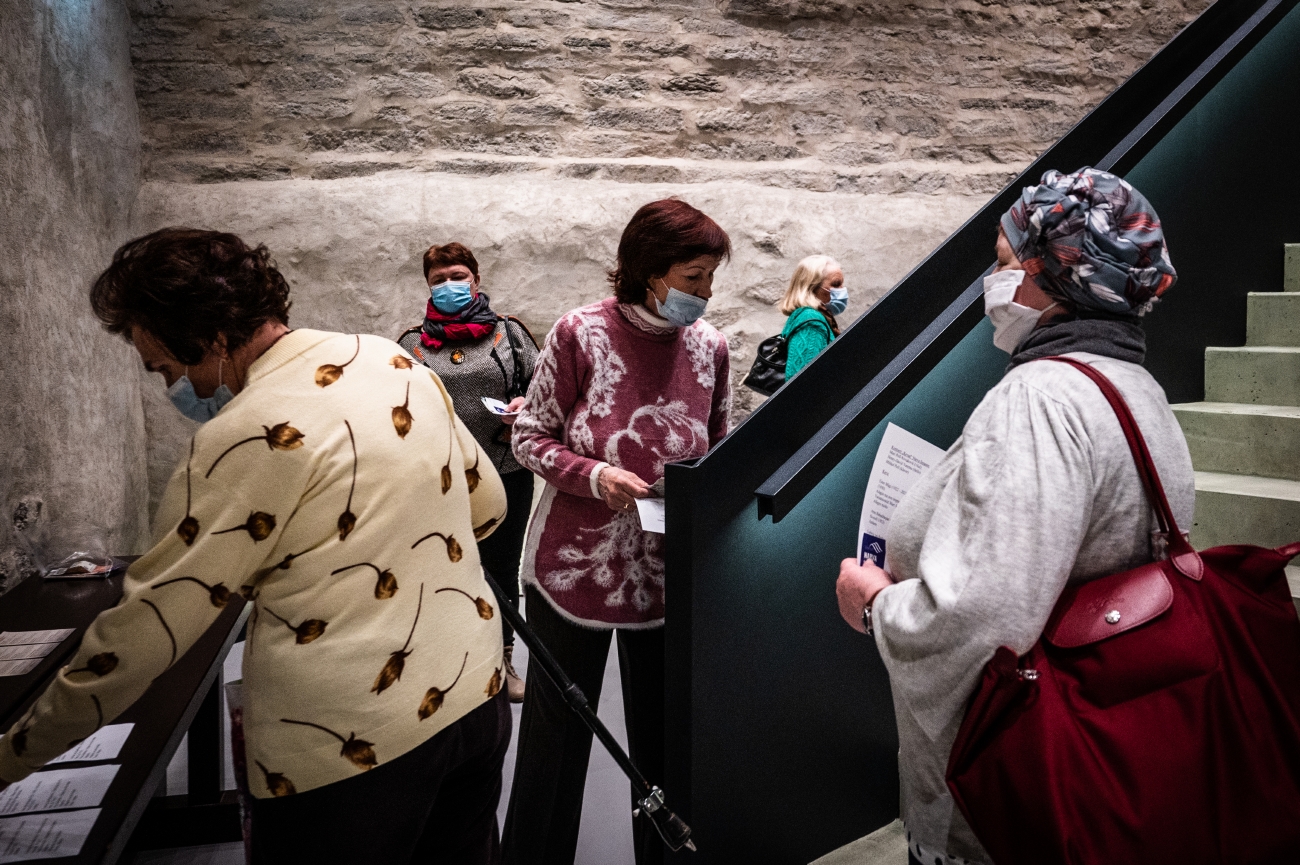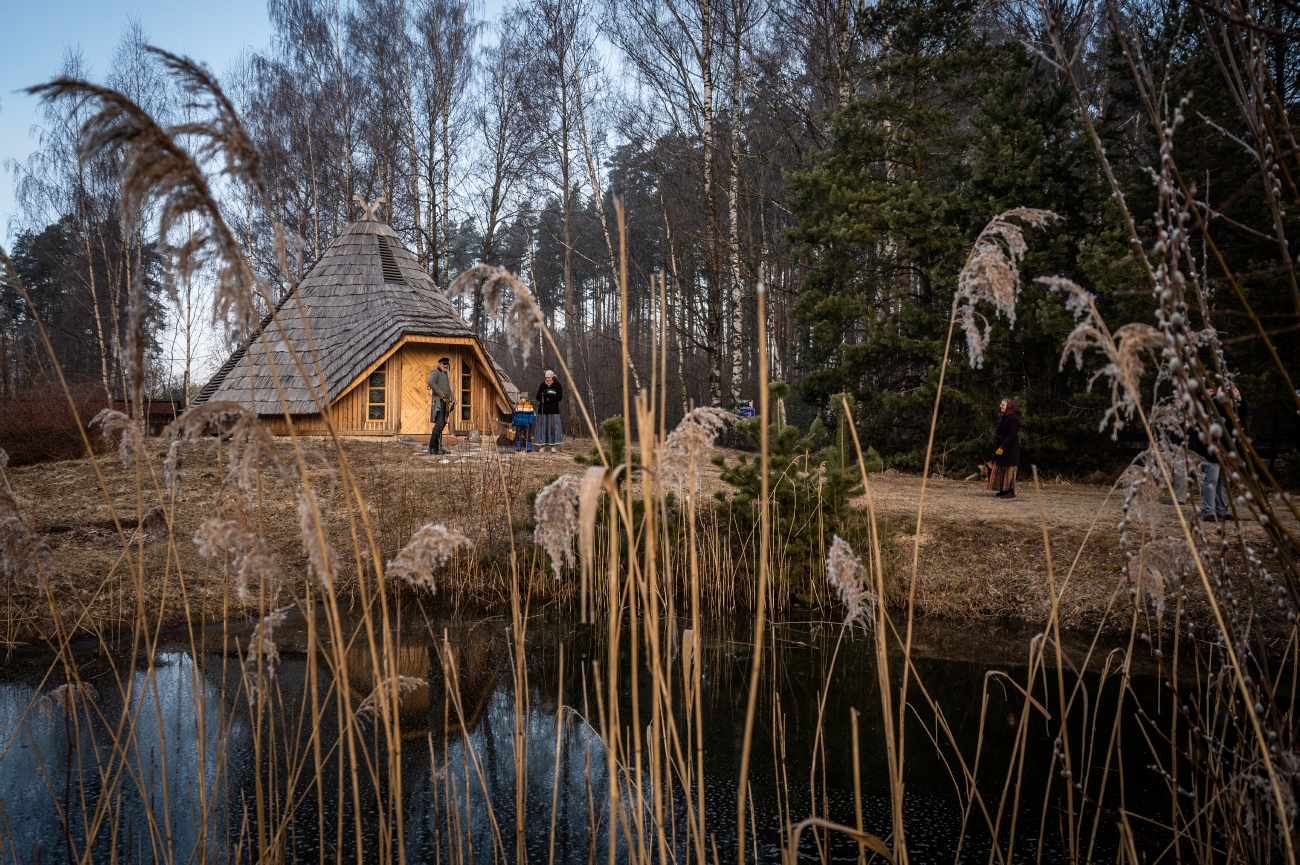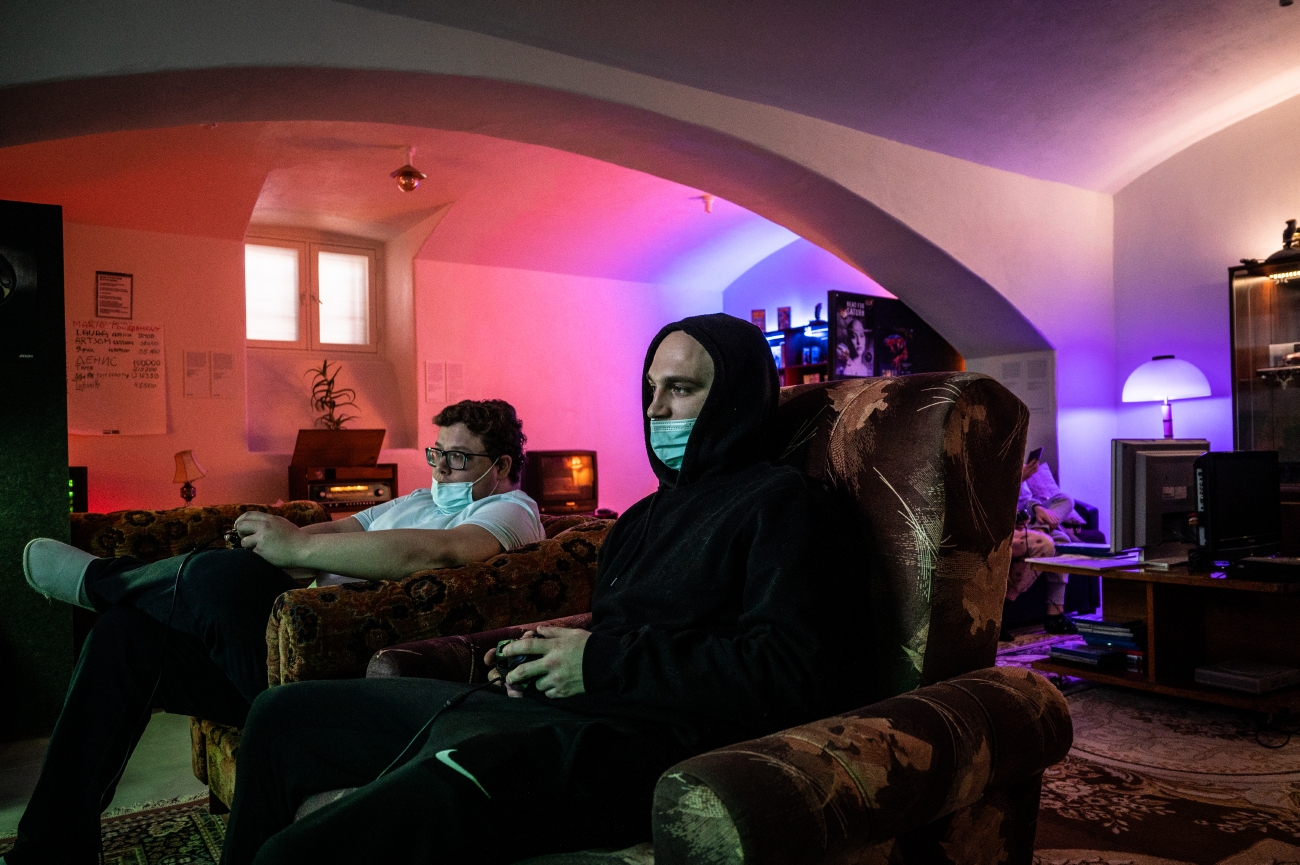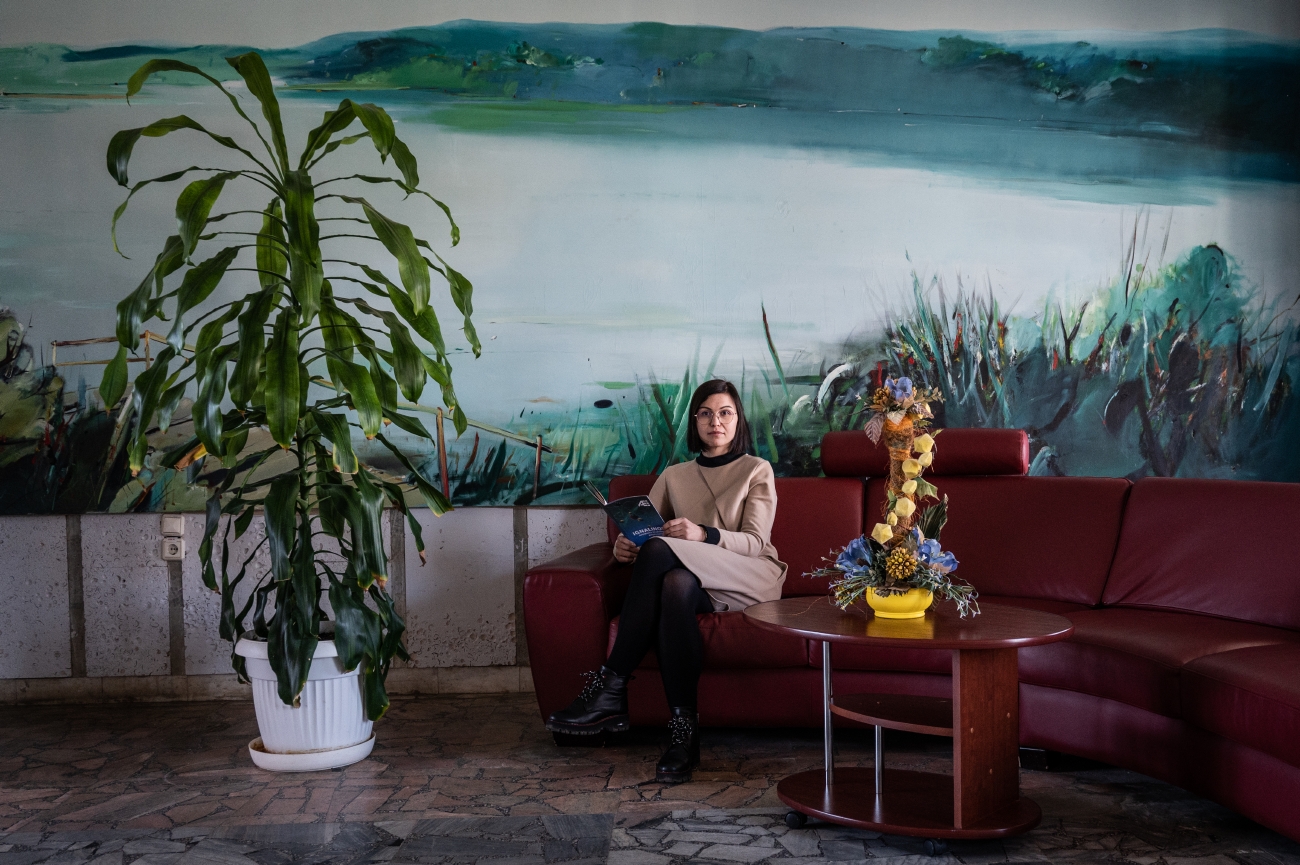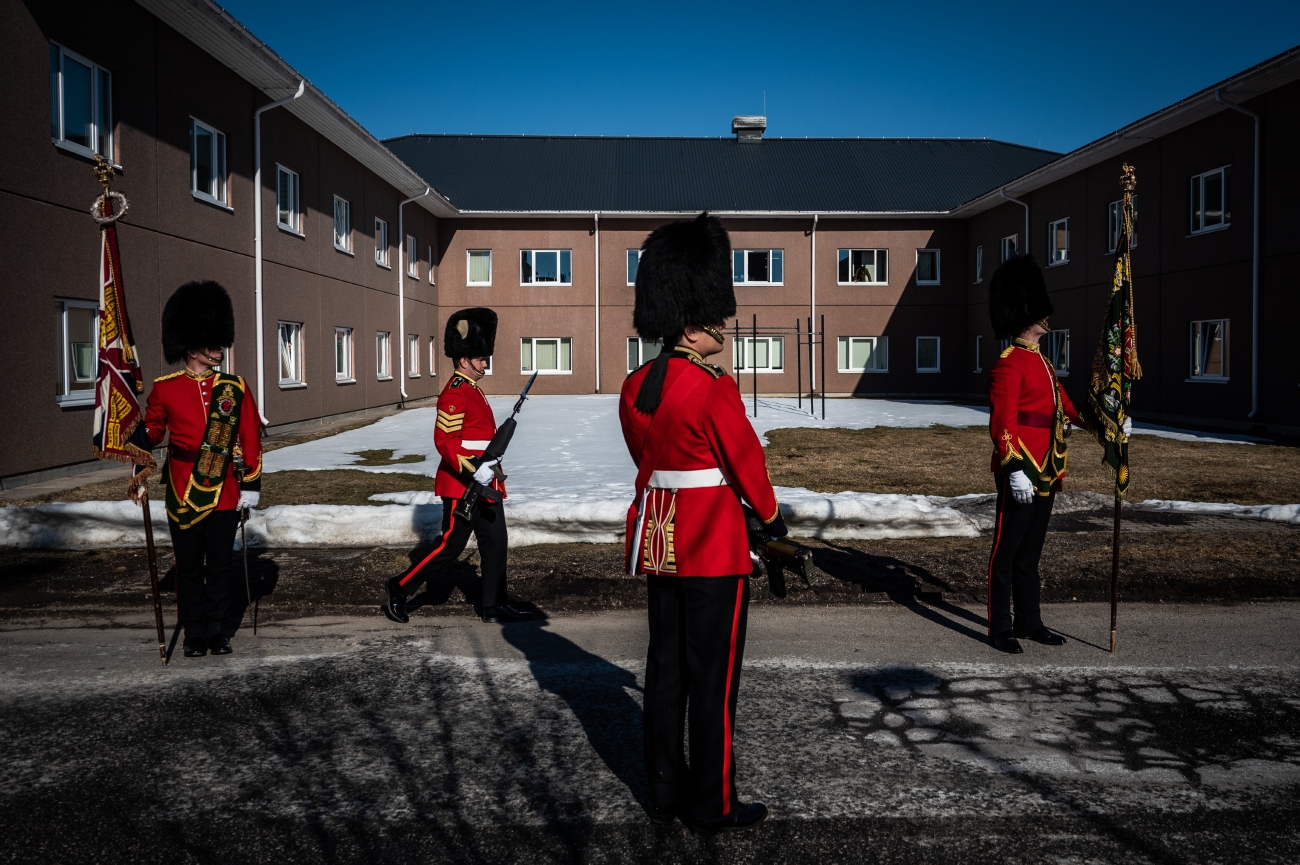The Baltic Question
Along the border between Russia and NATO, where Russian speakers don’t always feel European
Photo by Alessandro Gandolfi
Anette lives in Tapa, Estonia. She is 20 years old so at the time of her birth the Soviet Union, which occupied her country until 1991, no longer existed. Nevertheless, the fear of a Russian invasion has haunted these parts for generations and this anxiety has been handed down from parents to their children. In light of recent events in Ukraine, this fear is tangible in all three of the Baltic republics. Estonia,
Latvia and Lithuania are members of both the European Union and NATO, therefore attacking them would trigger a direct response from the allied nations. The only direct border between Russia and NATO can be found in the Baltic states, and it bears witness to the historical vicinity that is reflected in the demographic and linguistic compositions of the three countries.
The Russian speaking community is numerous, especially in Estonia and Latvia, where almost one in four people speak Russian as their first language: however, in certain areas near the border this figure can reach up to 90%. Furthermore, some of those born under the USSR struggle to feel fully European and some even support the Russian military campaign in Ukraine. “A new Donbass? We hope not,” says Lauri Abel while practicing at a shooting range in Talinn, “But If we did have to go to war, which side would our Russian-speaking co-nationals be on?”
(2022)
